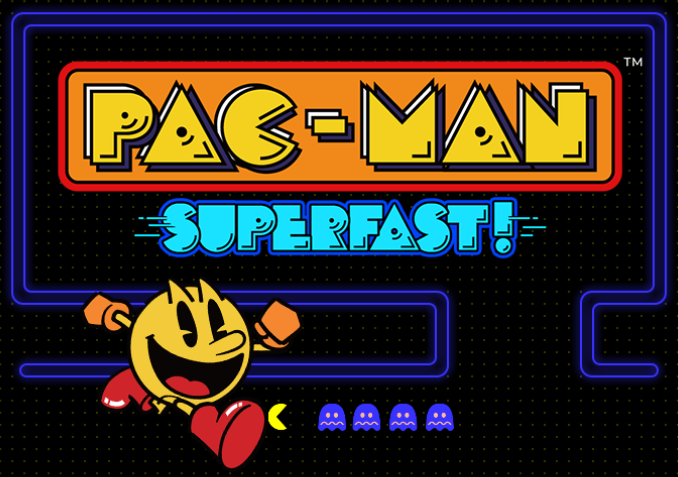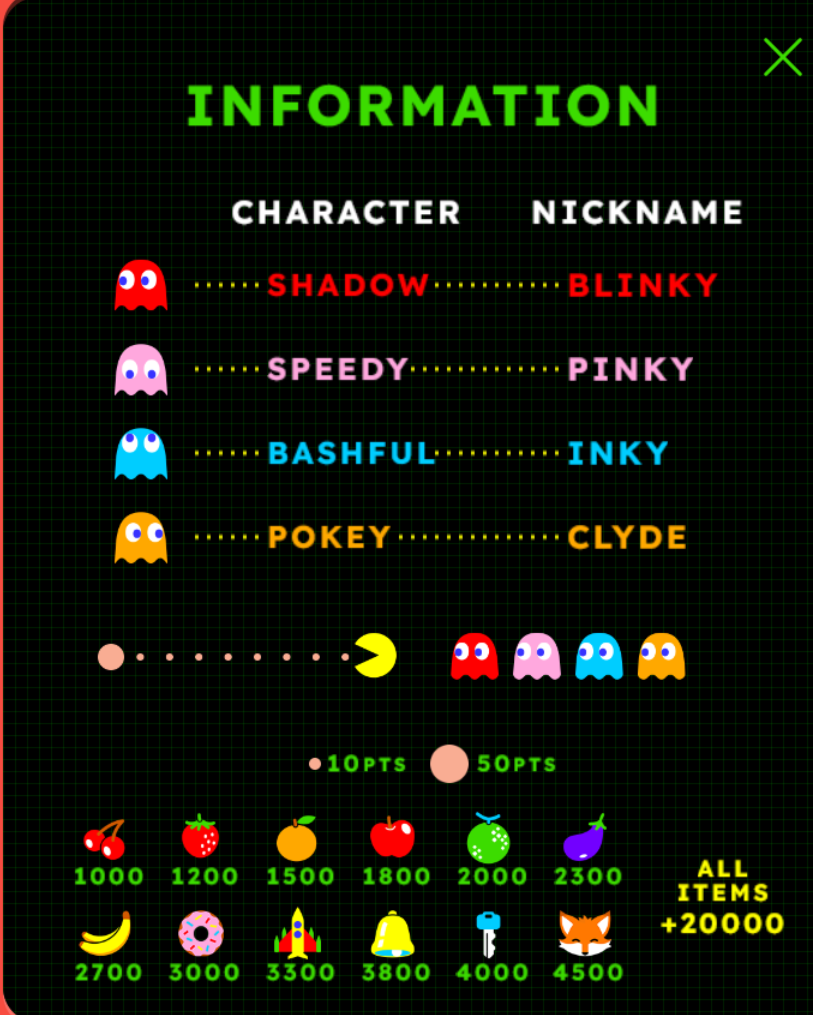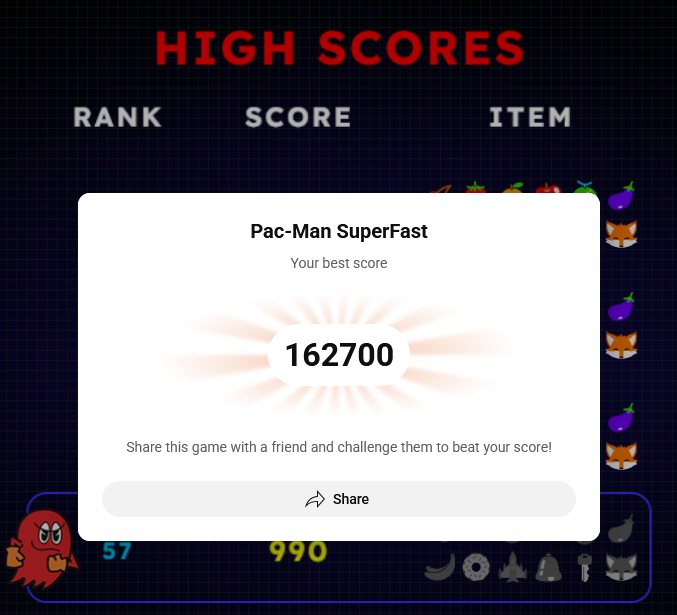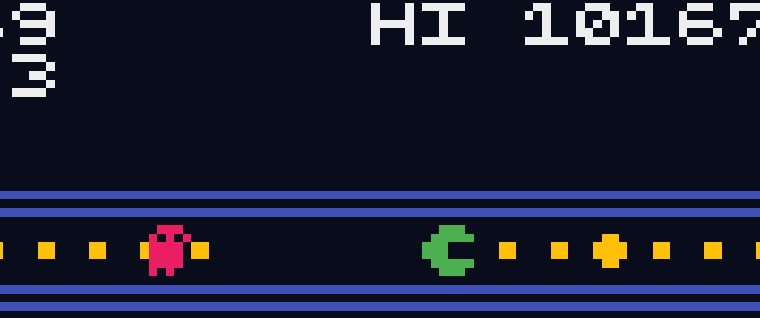YouTube is hiding an excellent, official high-speed Pac-Man mod in plain sight
Those who’ve played the excellent Pac-Man Championship Edition series will be familiar with the high-speed vibe here, but Pac-Man Superfast remains focused on the game’s original maze and selection of just four ghosts. That means old-school strategies for grouping ghosts together and running successful patterns through the narrow corridors work in similar ways here. Successfully executing those patterns becomes a tense battle of nerves here, though, requiring multiple direction changes every second at the highest speeds. While the game will technically work with swipe controls on a smartphone or tablet, high-level play really requires the precision of a keyboard via a desktop/laptop web browser (we couldn’t get the game to recognize a USB controller, unfortunately).
Collecting those high-value items at the bottom is your ticket to a lot of extra lives. Credit: Youtube Playables
As exciting as the high-speed maze gameplay gets, though, Pac-Man Superfast is hampered by a few odd design decisions. The game ends abruptly after just 13 levels, for instance, making it impossible to even attempt the high-endurance 256-level runs that Pac-Man is known for. The game also throws an extra life at you every 5,000 points, making it relatively easy to brute force your way to the end as long as you focus on the three increasingly high-point-value items that appear periodically on each stage.
Despite this, the game doesn’t give any point reward for unused extra lives or long-term survival at high speeds, limiting the rewards for high-level play. And the lack of a built-in leaderboard makes it hard to directly compare your performance to friends and/or strangers anyway.
A large part of the reason I wrote about this game was to see if someone could beat my high score. Credit: Youtube Playables
Those issues aside, I’ve had a blast coming back to Pac-Man Supefast over and over again in the past few days, slowly raising my high score above the 162,000 point mark during coffee breaks (consider the gauntlet thrown, Ars readers). If you’re a fan of classic arcade games, Pac-Man Superfast is worth a try before the “YouTube Playables” initiative inevitably joins the growing graveyard of discontinued Google products.
YouTube is hiding an excellent, official high-speed Pac-Man mod in plain sight Read More »



